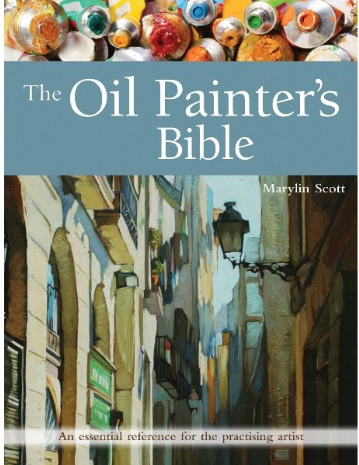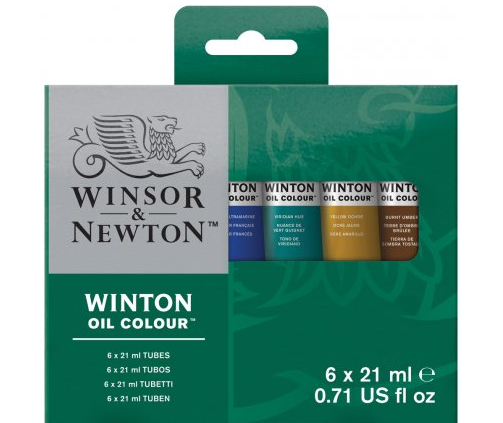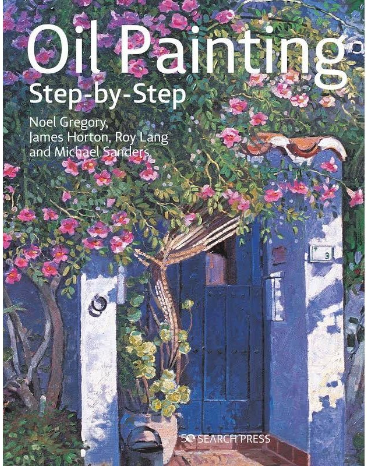Friday 17th November 2023
Beginner's Guide to Painting with Oils
Are you interested in exploring the world of oil painting
but don't know where to start? Look no further! In this beginner's guide, we
will walk you through the basics of painting with oils and help you get started
on your artistic journey.
1. Gather Your Materials
Before you begin, make sure you have all the necessary materials. Here's what you'll need:
2. Prepare Your Workspace
Find a well-ventilated area with good lighting to set up your painting space. Lay down a protective covering for your surface, such as a plastic sheet or newspaper, to catch any paint drips or spills. Ensure that your materials are easily accessible and organized for a smooth painting session.
1. Gather Your Materials
Before you begin, make sure you have all the necessary materials. Here's what you'll need:
- Oil paints: Invest in a basic set of oil paints that includes a range of colors. Start with primary colors (red, blue, yellow) and white, and gradually expand your collection as you progress.
- Brushes: Get a variety of brushes in different sizes and shapes. Synthetic brushes are great for beginners as they are more affordable and easier to clean.
- Palette: You'll need a palette to mix your colors. You can use a traditional wooden palette or a disposable palette pad.
- Canvas or canvas board: Choose a canvas or canvas board of your desired size. Canvas boards are more affordable and easier to work with for beginners.
- Palette knife: A palette knife is useful for mixing colors and creating texture in your paintings.
- Mediums: Consider investing in mediums like linseed oil or odorless mineral spirits to thin your paints and create different effects.
- Easel: While not necessary, an easel can provide a more comfortable painting experience.
2. Prepare Your Workspace
Find a well-ventilated area with good lighting to set up your painting space. Lay down a protective covering for your surface, such as a plastic sheet or newspaper, to catch any paint drips or spills. Ensure that your materials are easily accessible and organized for a smooth painting session.
3. Understand Basic Techniques
Familiarize yourself with some basic oil painting techniques:
- Wet-on-wet: This technique involves applying wet paint onto wet paint, allowing colors to blend and create soft transitions.
- Glazing: Glazing involves applying transparent layers of paint over dry layers to achieve depth and luminosity.
- Impasto: Impasto refers to applying thick layers of paint to create texture and three-dimensional effects.
4. Start with Simple Subjects
As a beginner, it's best to start with simple subjects like still life or landscapes. Choose objects or scenes that inspire you and experiment with different compositions. Practice observing shapes, colors, and values before transferring them onto your canvas.
Remember, oil painting is a journey of exploration and learning. Don't be afraid to make mistakes and experiment with different techniques. With practice and patience, you'll develop your own unique style and create beautiful works of art. Happy painting!


 GBP (£)
GBP (£)






